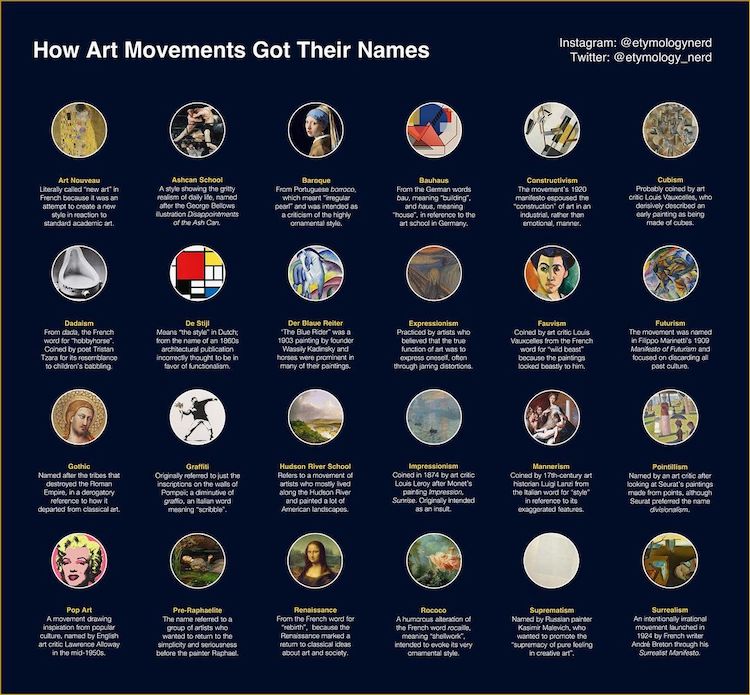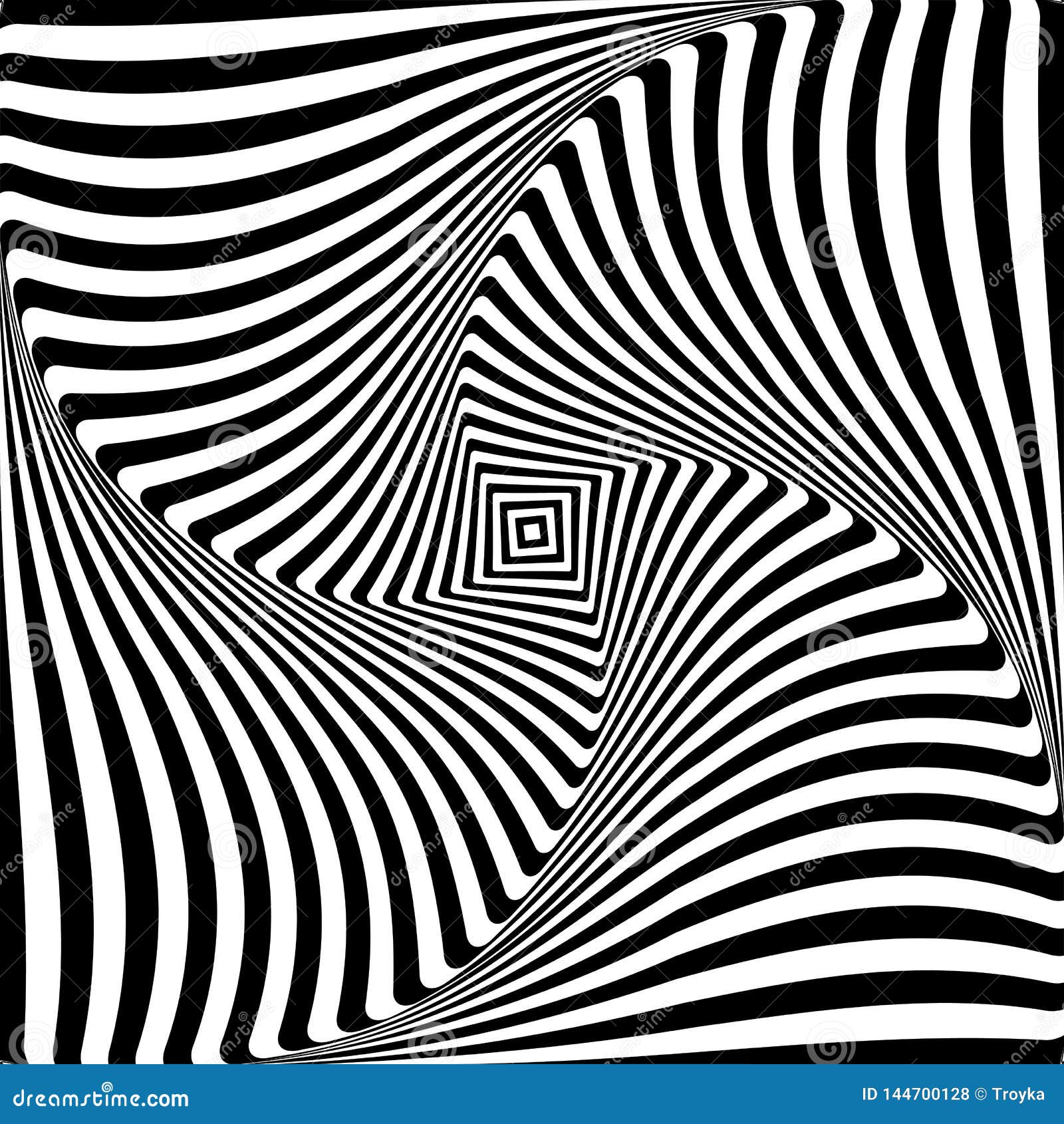Table Of Content

Like their Minimalist counterparts, the sculpture of the Light and Space artists tends toward hard-edged geometric forms, void of the usual associations of sculpture such as figuration or podiums. In the case of Larry Bell's glass cube works, the pedestals themselves were crafted from clear acrylic, meant to create the allusion of suspension rather than a podium upon which the work was placed. In other examples, the sculptures are placed directly on the floor, often towering over the viewer, so that the objects shape the environment rather than exist within it. The same comparison might be made between the traditional relief sculpture and the wall-mounted experiments of Orr, Wheeler, Irwin and Turrell.
The Budapest Museum of Applied Arts
Saarinen created texture by deliberately selecting bricks that were rough and imperfect. Designed by Arne Jacobsen in 1958 for the Radisson SAS hotel in Copenhagen, the Egg chair is an iconic example of mid-century modernism. Making use of state-of-the-art materials at the time, it was thought to be inspired by Eero Saarinen's Womb chair. American pottery designer Edith Heath founded Heath Ceramics in 1948, which went on to produce an extensive range of mid-century modern ceramic tableware, as well as architectural tiles.
Eames Design
While on the one hand digital innovations have helped streamline some of the daily decisions we have to make, in this 'always on' world the internet and social media have created even more noise in different ways. Busy, over-stimulated consumers increasingly want simple, efficient, seamless and fuss-free products and experiences. But over the past decade or so, many designers have embraced its role not only in the creative process, but the visual outcome as well. From generative design to glitch art, creatives are sacrificing control in favour of beautiful randomness. They're much larger in scope, often encompassing multiple creative disciplines, and are influenced by global social and cultural factors that go far beyond simple aesthetics.
UI Designer Portfolio Examples

Like Paul Rand, Saul Bass is an undisputed icon of mid-century modernism in graphic design – and his corporate identity work for clients such as Bell System and Continental Airlines was some of the most memorable of the era. His movie title sequences and film posters were arguably even more groundbreaking, however, using simple, graphic visuals to evoke the essence of the subject. Rudolph de Harak was another leading exponent of mid-century modernism in graphic design. Like Lucienne Day, he combined distinctive colour palettes with simple geometric shapes to communicate a message in a stylised, graphic way.
Mitsch Design Moves to Marietta News mdjonline.com - MDJOnline.com
Mitsch Design Moves to Marietta News mdjonline.com.
Posted: Thu, 04 Apr 2024 07:00:00 GMT [source]
The school sought to bridge the gap between art and technical craft – not unlike the goal of the Arts and Crafts movement, although the Bauhaus favoured modern mass-production over individual artisan methods. Responsive design was born in 2013, feeding the concept that design should not be “one size fits all.” UX designers are now trained to make websites, apps and logos respond to different screen sizes in order to give the user the best experience. Now, websites shrink and expand depending on what type of device is used to access them. With the launch of Instagram in 2010, the current design era started out with a bang. In a world where smartphones, tablets and touch screen technology have become the norm, designing for social media, apps, and websites is incredibly important. Design in this decade is all about concise messaging, eye-catching imagery and adaptability to different devices.
User Experience: The Beginner’s Guide

Their collaboration with Herman Miller continued and, in 1957, extended to Vitra, its European manufacturing partner. The Beginnings of Charles and Ray Eames The newly married duo set off for a long honeymoon drive to their new home in Los Angeles. Ray started painting but would soon be working on cover designs for the California Art & Architecture magazine. (By 1947, Ray had created 26 covers for the publication, often relying on collaging techniques.). The last thing the landlord expected when he rented a modest Richard Neutra-designed apartment on Strathmore Avenue, in the Los Angeles suburb of Westwood, to a newly married couple in 1941 was for the spare bedroom to be turned into a workshop.
The time-based performance combines the natural and man-made, transforming not only the glowing colors of the walls but the sense of spatial and structural solidity. The overall effect is to create an interior private space for an elemental encounter with color and light, while the title "Meeting" evokes the meeting house with its shared experience of transcendence, perhaps a nod to Turrell's Quaker background. Characteristically, Turrell continued to make various modifications to create the desired effect, and the installation only opened to the public in 1986. This elegant and innovative teapot uses the interplay of geometric forms as the basis for a distinctively modern design, with its hemispheric body centered on crossbars and topped by a flat circular lid. The handle, a half-circle of ebony, and the cylindrical knop, are also made of ebony, and contrast vertically with the horizontal plane of the body, a juxtaposition complemented by the contrast in materials and colors.
The creation of the first electronic computer in 1950 paved the way for the digital era of graphic design. Design has made great strides during the past 50 or so years, whether it meant embracing bold color trends, the advantageous Photoshop coming into play or customizing content to adapt to a smartphone screen. In an era where technology is rapidly reshaping the way we interact with the world, understanding the intricacies of AI is not just a skill, but a necessity for designers. The AI for Designers course delves into the heart of this game-changing field, empowering you to navigate the complexities of designing in the age of AI. As a designer, make sure that you not only keep pace with the ever-evolving tech landscape but also lead the way in creating user experiences that are intuitive, intelligent, and ethical. If we isolate the year 2020, it's easy to make the argument that we are on the cusp of establishing the tectonics for one of the biggest design shifts since the Industrial Revolution.
Overview of Art Nouveau
No sooner had Charles and Ray Eames moved in than they kitted out that room with a home-made moulding machine into which they fed the woods and glues that Charles sneaked home from his day. Although initially this office won commissions for houses, it folded in the Depression era. After eight months away, on what Charles called his "On The Road tour" in Mexico, he eventually set up another practice in 1935. He sought the advice of the architect Eliel Saarinen who had offered him a fellowship at Cranbrook Academy of Art, where Charles soon became head of the Department of Industrial Design. At Cranbrook, Charles deepened his working relationship with Eliel's son Eero—with whom he would win the 1940 Museum of Modern Art Organic Furniture Competition—and found new collaborators notably Harry Bertoia and, later, Ray Kaiser.
Another byproduct of the push against mass-production, this DIY (design-it-yourself) approach sees people hacking their way into everyday products, as well as creating their own. In recent years, another counter-movement against identikit mass-production - as well as the clean, perfect digital aesthetic - has been a widespread yearning for hand-crafted products rooted in cultural traditions. As with the previous movement, imperfection is celebrated as it adds to the authenticity. This can be represented using actual movement or by using a range of different compositional or media techniques. They often include light, bright and vivid hues such as sunshine yellow, mint and fuchsia, as well as warm, rich and earthy hues such as gold, paprika red and olive green. Interest in the aesthetic is fuelled by the success of cult dramas such as Mad Men, driving demand for mid-century modern items at vintage stores, furniture fairs and online marketplaces such as Etsy.
Unlike its predecessors Expressionism and Post-Expressionism, Abstract Expressionism didn't attempt to depict the observable world with any degree of realism, but rather convey an emotional response. While the free, spontaneous, totally abstract nature of the work is a common factor, however, the movement incorporated a broad range of styles and techniques. A major international movement across western Europe and the US, Art Deco takes many of its cues from Art Nouveau, as well as elements of Bauhaus and Cubism. It originated in Paris, where the 1925 Exposition Internationale des Arts Décoratifs et Industriels Modernes gave it its name. Let us know if you're a freelance designer (or not) so we can share the most relevant content for you. We would be remiss if we didn’t also give a shoutout to the neon colors that enlivened the 1980s.
Bayer's typeface was never cast in metal, but its influence has been widespread and longstanding. The two middle rings represented two intermediary three-year courses, the formlehre, which focused on problems related to form, and the werklehre, a programme of practical, workshop-based instruction oriented around technical crafts and skills. These classes emphasized functionalism, in particular the use of simple geometric forms that could be reproduced with ease, a conceptual lynchpin of modernist architecture and design across the decades to come. At the center of the wheel were courses specializing in building construction, teaching students the essentials of architectural design, engineering and construction, though with an emphasis on personal craft and workmanship that was felt to have been lost in modern building processes. A key aim of the pedagogical approach, one which applied across all courses, was to eliminate competitive tendencies, to foster not only individual creativity but also a sense of community and shared purpose. The Bauhaus was arguably the single most influential modernist art school of the 20th century.

No comments:
Post a Comment